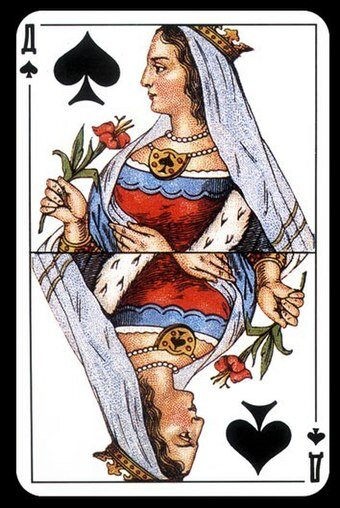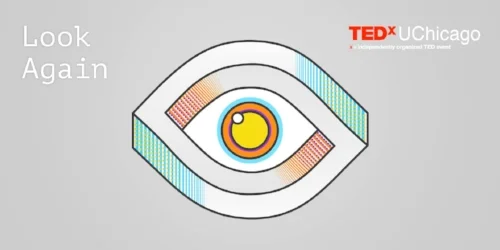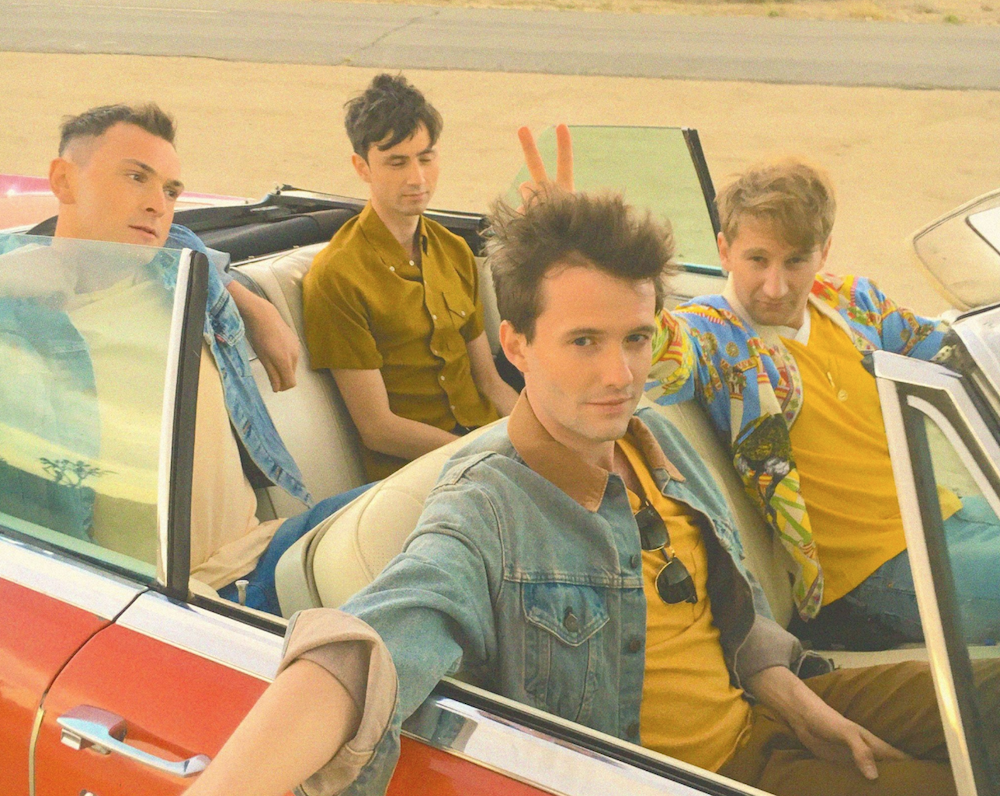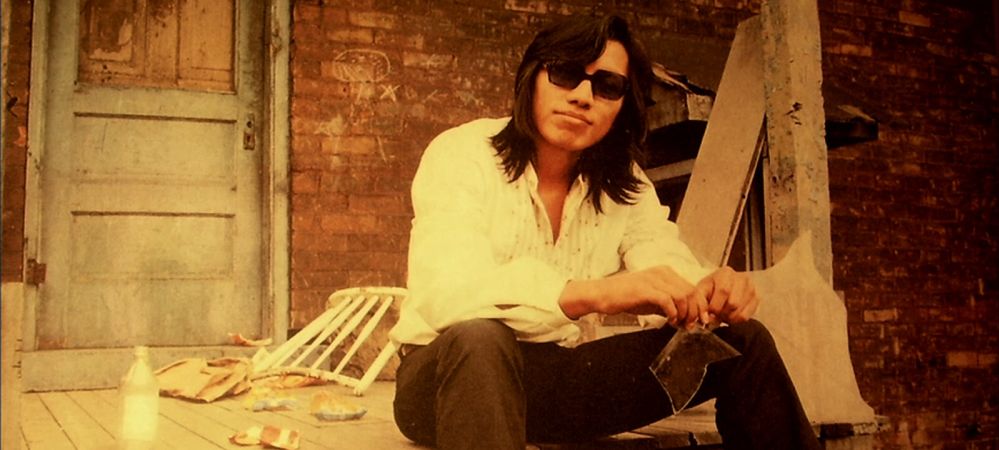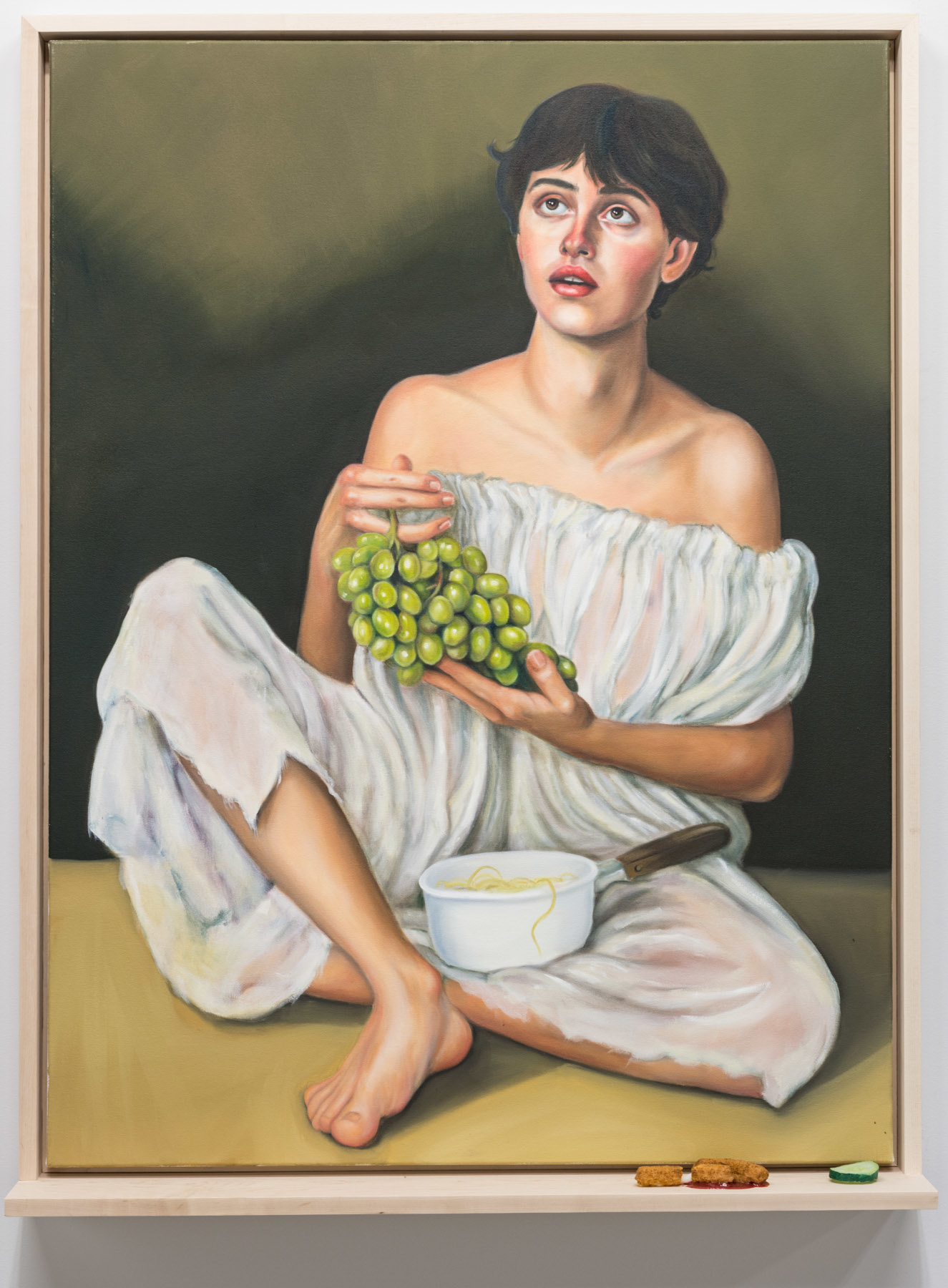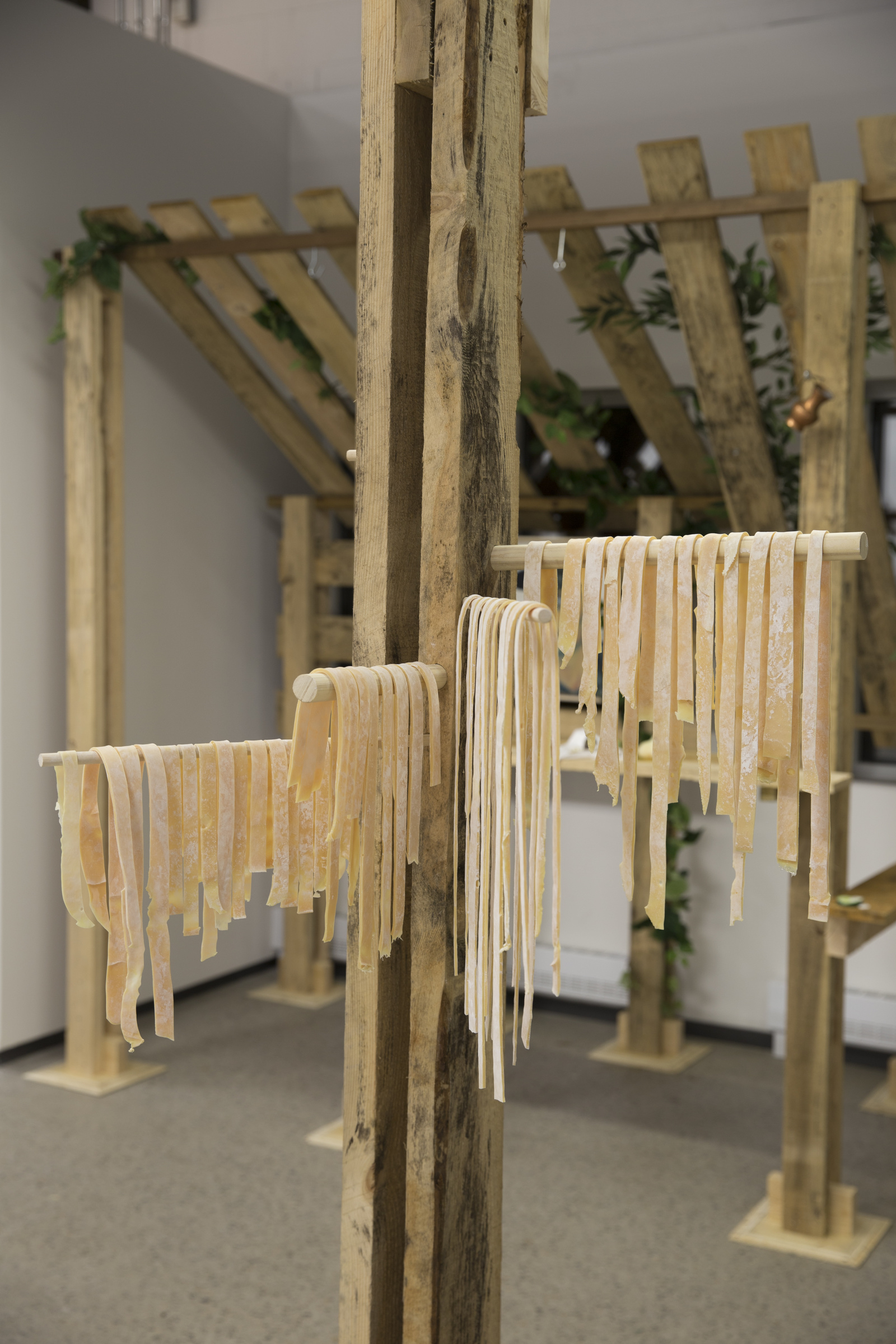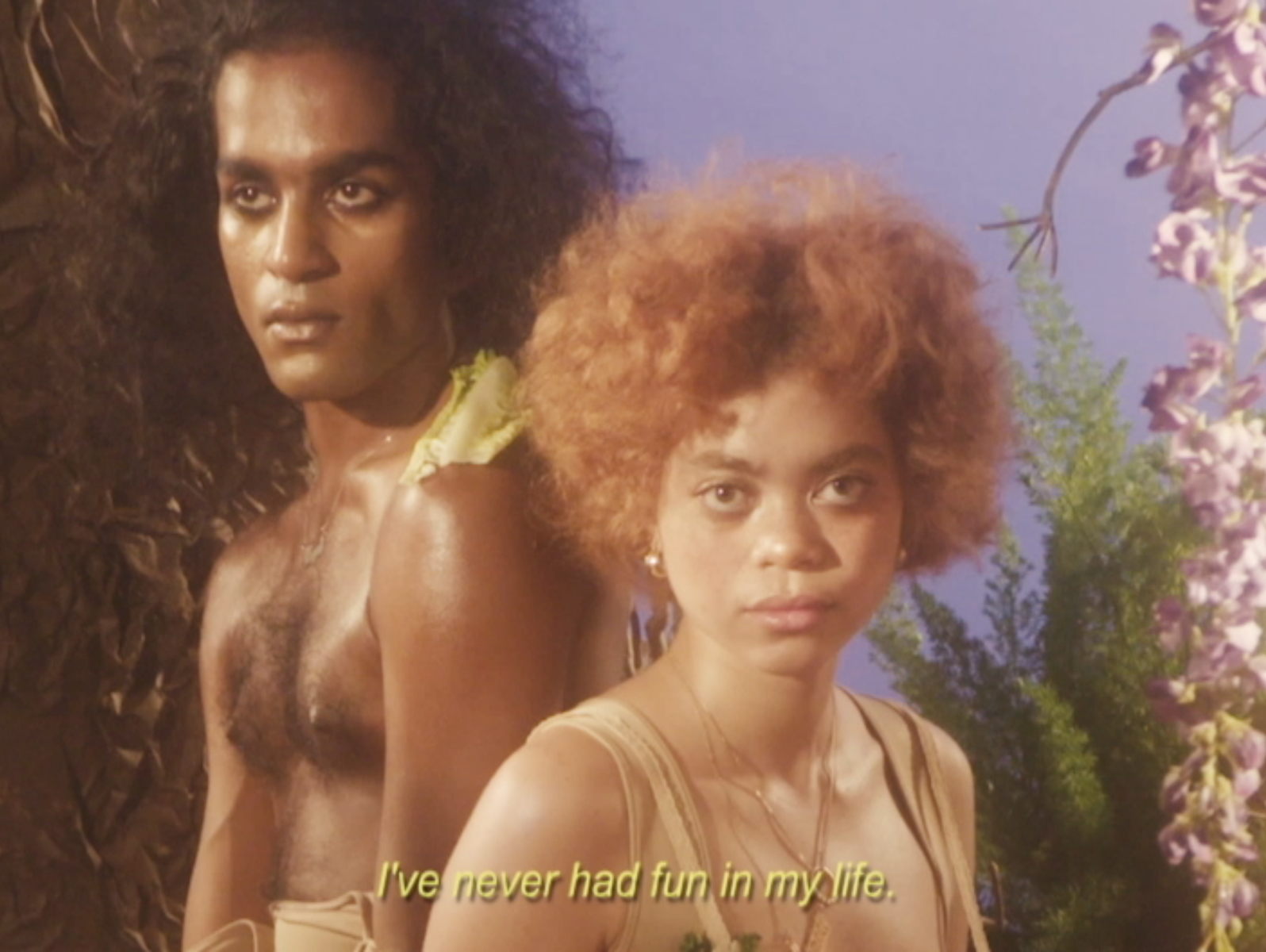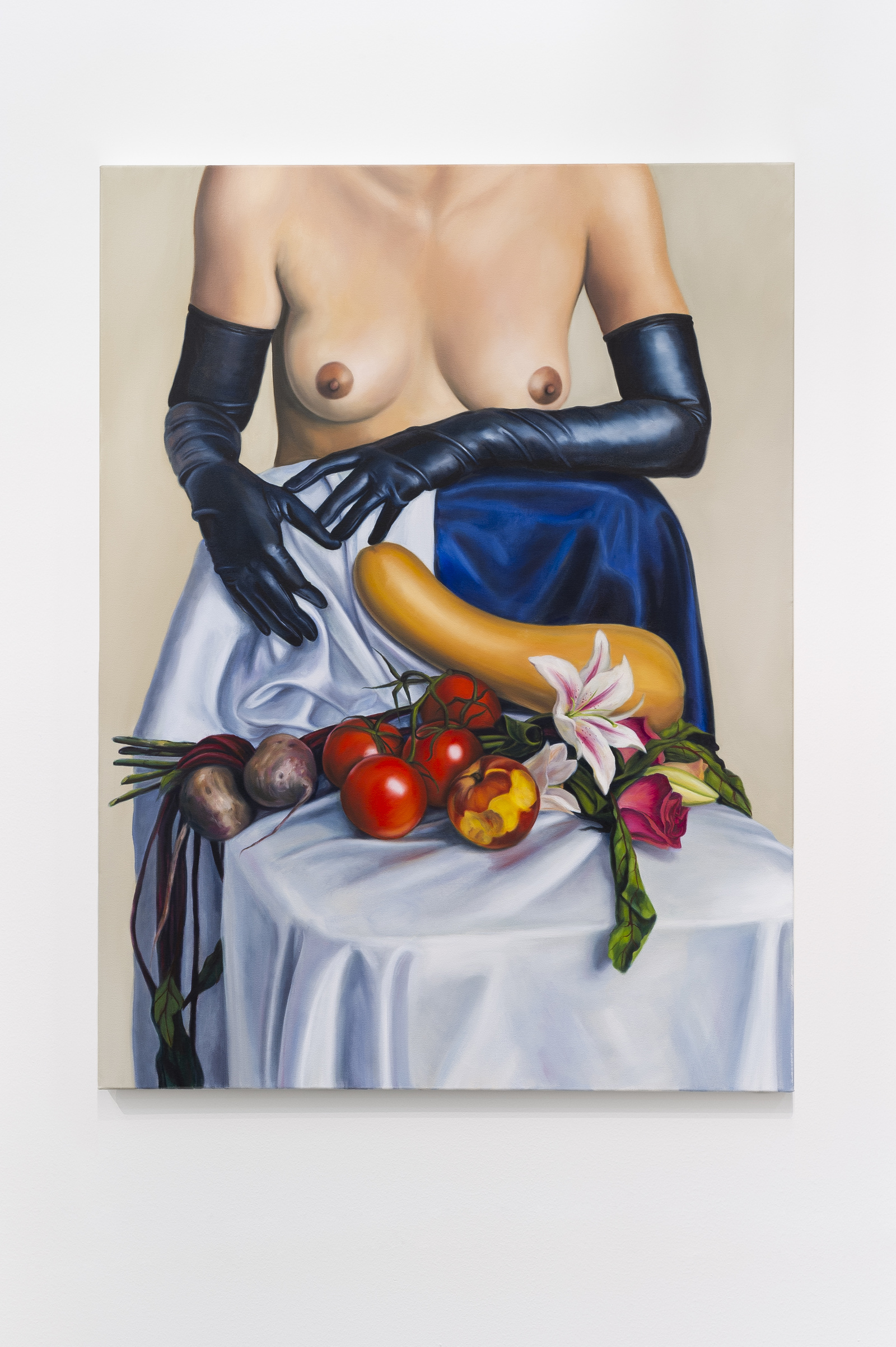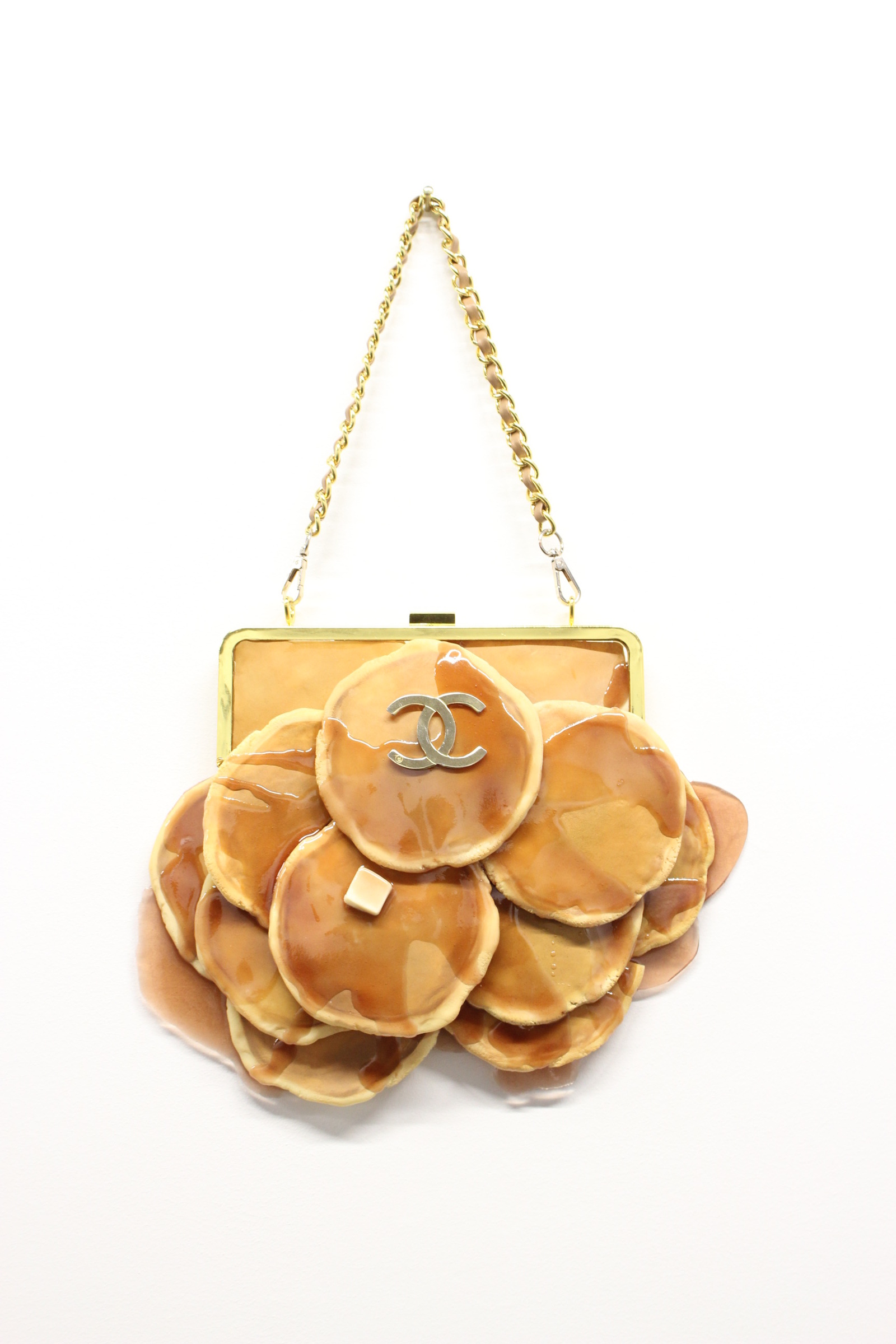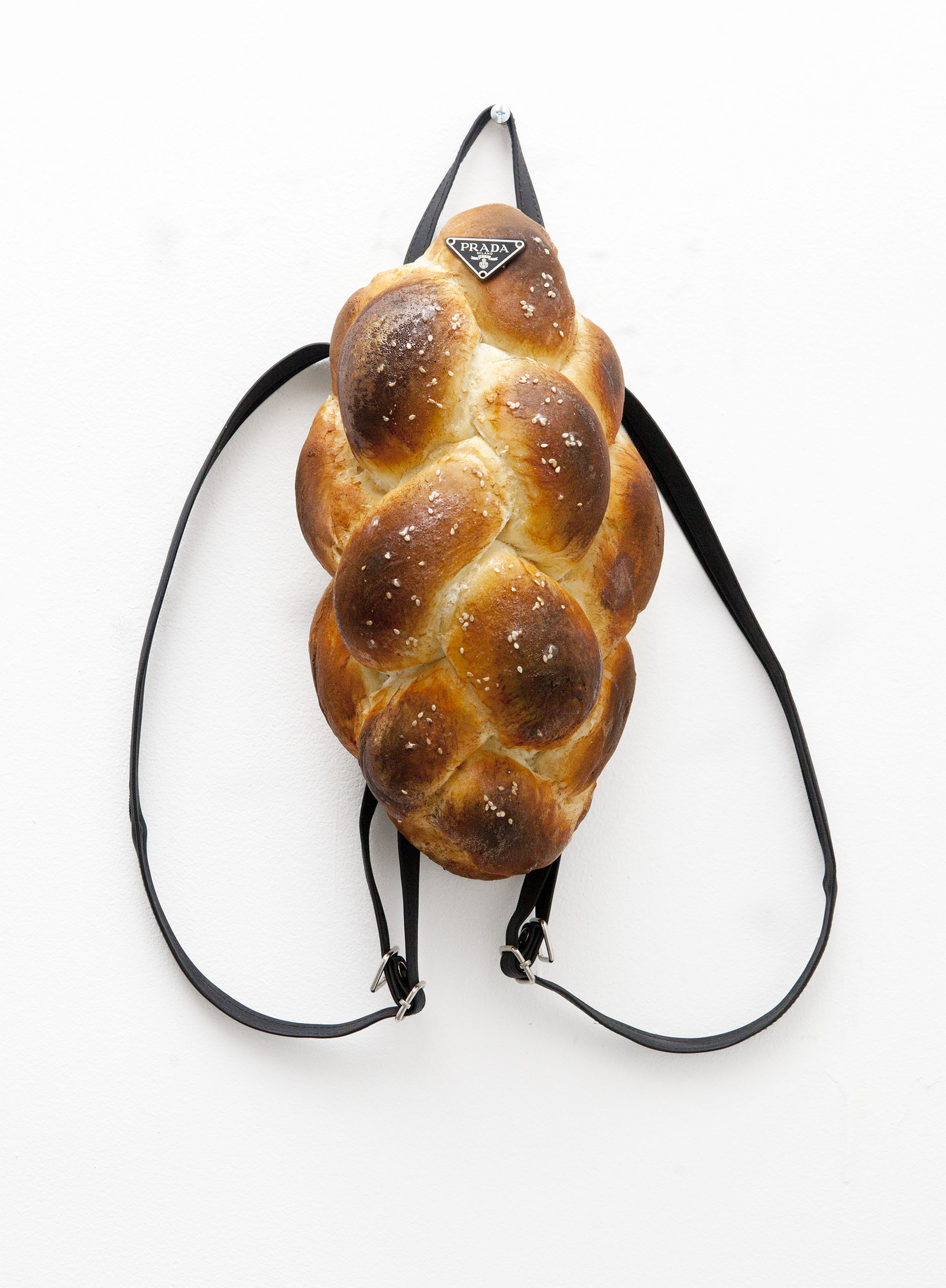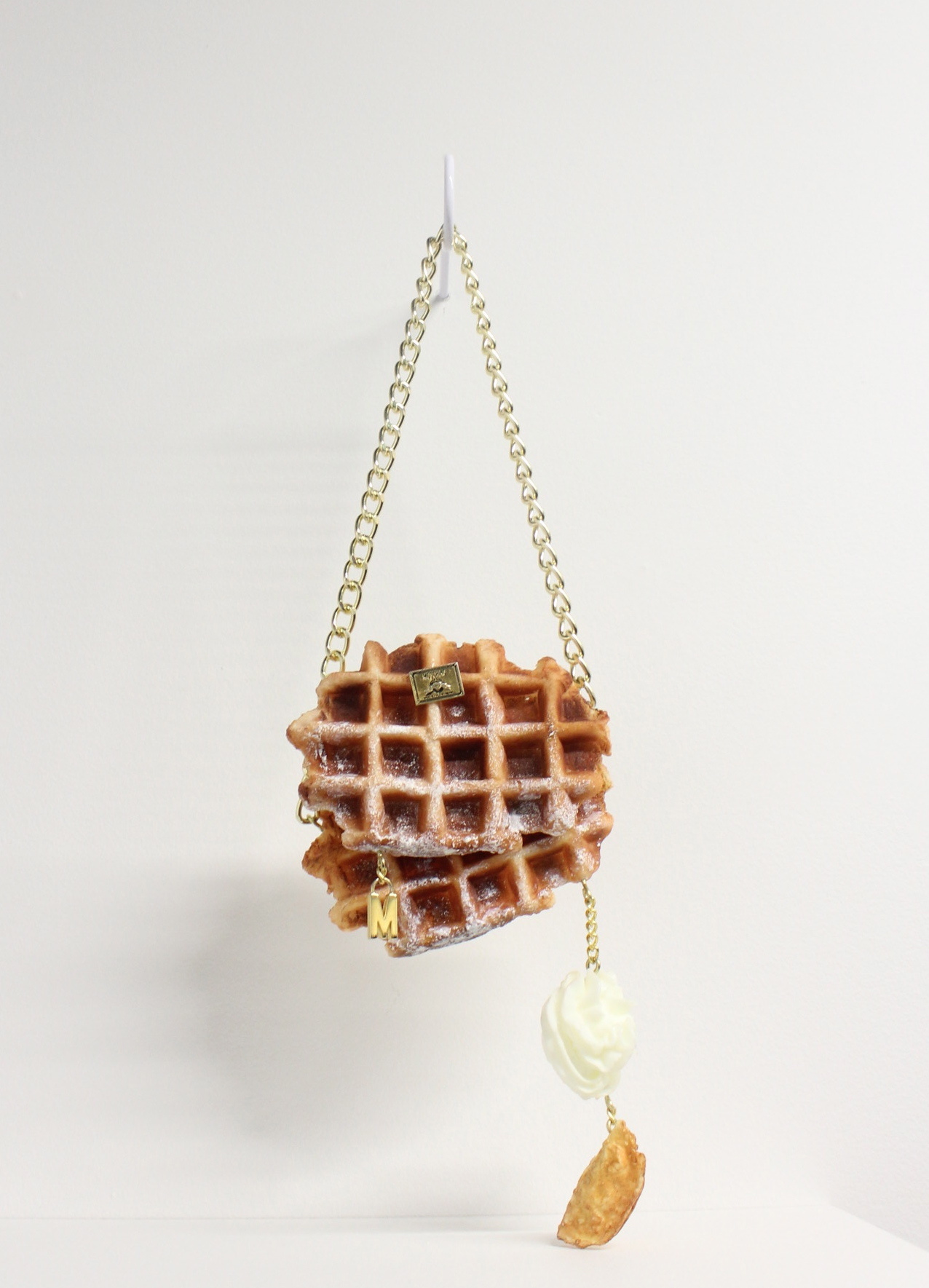fernweh
/ˈfɛʁnveː/
farsickness or longing for far-off places
The world is getting, if not smaller, closer. I used to wonder why so few people were able to experience unique places on Earth, even though we are all born to the same world and not to a specific country that we are destined to live in forever. Unfortunately, for various reasons, there are people who still cannot experience the beauty of being foreign to a culture. Yet, thanks to our century’s development, there are more and more people who are eager to and capable of satisfying their curiosity surrounding the question “What are they doing in that part of the world?” I am lucky enough to have been in more than one country across Europe, to have been a part of an international community, and to have met precious people from all around the world who gave me the wonderful possibility of calling them my friends. As a member of an intellectual body, I found myself asking whys, hows, and whats about the beautiful diversity that surrounds me. Intertwining MODA’s values with my questions’, this thrilling series called “fernweh” has been born. Out of all the possible words in the known languages, fernweh is the most appropriate one to describe how I long to learn more about every single corner of the world we live in.
This new series, in which the clothing backgrounds of various cultures will be discussed, is called, proudly, fernweh, and Japan is the first station that will be crossed off my list. ようこそ日本へ!
image via
Japan has a vivid clothing scenery in today’s world. From the kawaii culture that once swept the mid-2000s to the lyric philosophies that probably allured the minds of the quick tempo lives, Japan has always been visible in our era.
While discussing Japanese clothing, I will follow a chronological order of Periods, starting with the Nara Period, for the sake of our ease.
Nara
Before the Heian period, as probably happened with most of the world, Japanese clothing had a highly practical and simple form for hunting, made of materials like animal fur and skin. In the Nara Period, the capital relocated to its namesake city, and that event kickstarted the beginning of what we consider traditional Japanese clothing. Nara Period clothes mirrored society’s social classes, as it was then divided into lower and upper classes. For women, their clothing represented the idea that "the higher their status, fewer were the people that could see them" (Rybalko). The new style of clothing was a direct consequence of Japan’s increased trade with China as well as the Shinto religion, which influenced the perception of clothing as a method of hiding from the speculative looks of others and evil spirits. These beliefs also reflected on the class division of the society, suggesting that the lower classes who worked in more inconvenient jobs were open to all the judgments of the people and the bad luck of the devils.
image via
Edo
During this period, the military regime of Tokugawa came to power. Trades with foreign countries and the Western influence that was spreading across Japan came to a stop. This also resulted in the disappearance of class division from daily life. When people were free of the hierarchical representation of status denoted by their clothing (as well as enjoying the increased wealth across the nation), they became much more free, creative, and artistic when weaving their fabrics.
Image via
Meiji Restoration
This period coincides with Japan’s acknowledgment of the outside world and desire to catch up with the rest of the planet. Yet, they didn’t want to look like an Eastern colony of America and decided to develop themselves in terms of trade and technology independently. Both their economy and philosophical inquiry were inspired by the Western revolutions of the time. Therefore, in the clothing scene, a Western approach was established. The communal citizens were still wearing traditional kimono style, yet uniforms took the stage in the public institutions (like military and schools).
Image via
Post World War II
Following the Meiji Restoration, the previous global wars led to the incorporation of Western clothing attires to the traditional Japanese costumes, influencing the look of hairstyles, bags, purses, and accessories. Even though it is not unusual to see a person wearing traditional clothing in the streets of Japan, the traditional costumes are still mostly worn in ceremonies and important celebrations.
Image via
Present Representations
Today, Japan has a very colorful streetwear culture. From traditional clothes and business attires that represent respect, coinciding with a work environment that has deep societal roots, to more intensive kawaii and Harajuku wears, which comes from the intertwined cultural developments of anime, music, and media, it is definitely not a lie that your eyes would have a festive time in Japan.
However, if I didn’t mention Issey Miyake, Yohji Yamamato, and Yumi Katsura, it would be a huge disrespect towards modern Japanese clothing, in my opinion. These new trendsetting fashion designers are known for their mixture of traditional and modern designs. Japan is known for its traditional art, which has patterns from nature, animals, herbal, and oceanic sceneries. Via stitches, fabrics, or the simplest addition of a costume silhouette, these designers established a highly regarded reputation in the fashion industry. As Yohji Yamamoto’s designs reflect a more avant-garde approach towards clothing, Yumi Katsura and Issey Miyake’s attitudes towards design blend the modernity and the traditionalism of the Japanese culture. Katsura directly embeds the famous patterns into her work, while Miyake draws on the subtle shadows of the traditional patterns and designs of the kimonos as his foundation.
Yumi Katsura
Issey Miyake
Yohji Yamamoto
In this blog, we have visited Japan, a country hosting vibrant fashion streets mixed with history, tradition, and innovation. We learned that the clothes we may consider as fabric patches of “luxury” and “personal aesthetic” are actually the mirrors of its historical collective memory. They reflect the social, political, and ideological structures of the eras, as well as the emotions of people. I am still fernweh to Japan. However, hopefully, this will ease the desire. See you on the next trip...
Sites that may interest you:
https://www.tokyoweekender.com/2019/05/japanese-fashion-eras-heian-heisei/
https://www.britannica.com/place/Japan/History
https://en.wikipedia.org/wiki/Japanese_clothing#cite_note-:4-6
https://fashion-history.lovetoknow.com/clothing-around-world/japanese-fashion
Thumbnail image via





























